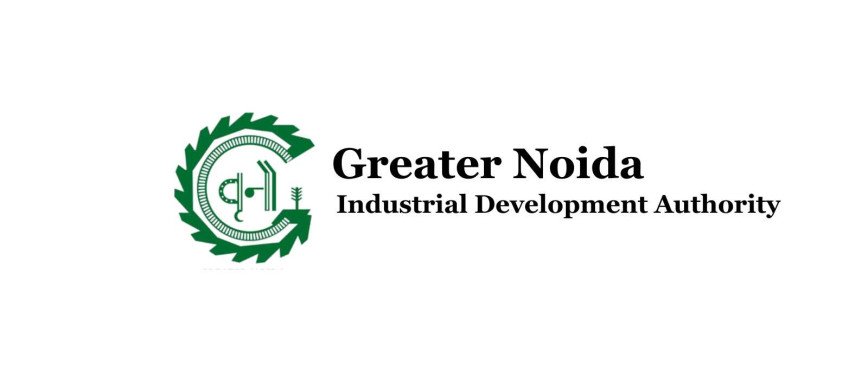Greater Noida: A Model of Planned Urban Growth
Greater Noida Authority
The Greater Noida Industrial Development Authority (GNIDA) is the statutory body responsible for planning, developing, and maintaining Greater Noida—one of India's fastest-growing urban centers. Established in 1991 under the UP Industrial Area Development Act, 1976, GNIDA operates under the Department of Infrastructure and Industrial Development, G...
Greater Noida: A Model of Planned Urban Growth
Greater Noida Authority
The Greater Noida Industrial Development Authority (GNIDA) is the statutory body responsible for planning, developing, and maintaining Greater Noida—one of India's fastest-growing urban centers. Established in 1991 under the UP Industrial Area Development Act, 1976, GNIDA operates under the Department of Infrastructure and Industrial Development, Government of Uttar Pradesh.
Vision and Role
GNIDA’s mission is to create a well-planned, sustainable, and future-ready city. It manages land acquisition and allotment, oversees infrastructure projects, promotes industrial development, and delivers municipal services. The authority is also responsible for zoning regulations and overall urban design.
Urban Planning and Infrastructure
Greater Noida is laid out on a grid-based plan with wide roads, underground utilities, and dedicated zones for residential, industrial, and institutional uses. Major infrastructure projects under GNIDA include
- Yamuna Expressway connectivity
- MetroLink extensions to Noida
- Support infrastructure for the upcoming Noida International Airport (Jewar)
- Water supply, sewage treatment, and smart traffic systems
Budget and Investment
For FY 2023–24, GNIDA approved a budget of ?4,378 crore, allocating substantial funds for the development of the Noida International Airport and citywide land acquisition. The authority continues to attract investment through its industrial and commercial land schemes, supporting MSMEs and large enterprises alike.
Greater Noida Residential Sector
Greater Noida’s residential development is spread across numerous planned sectors, offering diverse housing options—from independent plots to high-rise apartments. These sectors are well-connected, equipped with green spaces, and supported by modern infrastructure.
Key residential sectors include
Alpha 1 & 2
Beta 1 & 2
Gamma 1 & 2
Delta 1 & 2
Omicron 1, 2 & 3
Mu 1 & 2
Zeta 1 & 2
Chi 1, 2, 3, 4 & 5
Pi 1 & 2
Techzone 4
Sectors 1, 2, 3, 10, 12, 16, 36, 37
These areas are popular due to their connectivity with Noida and Delhi and proximity to the upcoming Jewar airport. The Greater Noida Authority frequently launches residential plot schemes through e-auctions, making property ownership accessible and transparent.
Greater Noida Industrial Sector
Greater Noida is a growing industrial hub, with key industrial zones such as
Ecotech I, II, III, IV, V
Surajpur Industrial Area
Knowledge Park I, II, III, IV
Techzone I, II, III
These sectors support a wide range of industries, from electronics and auto parts to warehousing and IT. With access to expressways, ample land availability, and GNIDA’s industrial policies, the city is a preferred destination for both domestic and international manufacturers.
Conclusion
Greater Noida stands as a benchmark of well-executed urban planning and infrastructure development. With GNIDA’s strong administrative framework, ongoing investments in infrastructure, and a growing industrial base, the city is rapidly emerging as one of India’s most promising urban centers—offering a balanced mix of residential comfort, industrial growth, and sustainable development.
